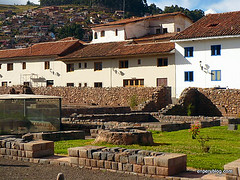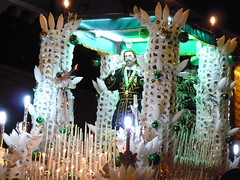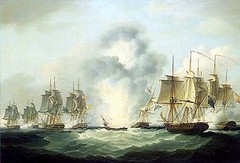What’s the difference between Peruvian Cebiche and others?
Peru’s national dish is widely loved for its unique and striking taste, both by Peruvians and visitors to the country that try it for the very first time. The ancient dish originating on the central pacific coast of Peru takes the freshest sliced fish and marinates it in Peruvian lemon zest, onions and Peruvian chillies.
The dish has since spread to other Latin American countries and changed considerably in the process. In some places it’s just different, in other places it’s just plain alien to any Peruvian.
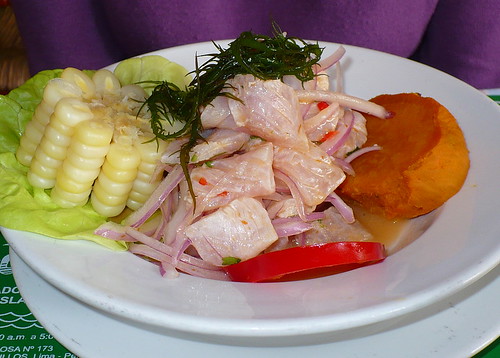
How a ceviche should look
One cebiche I tried in Ecuador was more like a fish soup, the fish was pre-cooked and served in a bowl along with a lot of liquid and tomatoes. It often contains shrimp, just like the ceviche in Costa Rica, which is served in a glass much like a shrimp cocktail.
The only Chilean ceviche I ever saw was in Iquique, and it looked vile (Chile often claim items of Peruvian gastronomy as their own, as happened in Iquique. When that doesn’t work, they sprout other lies).
In Mexico, they eat cebiche with biscuits, or in a taco shell. In Colombia its has avocado and olive oil.
So, what’s the difference between the ceviche of Peru and the international dishes that share its name?
To Javier Wong, perhaps Peru’s biggest ceviche expert and internationally renowned ceviche chef, the answer is simple: There is no other ceviche in the world. The imitations are, as he terms them, “crude”.

Javier Wong (Courtesy: Alejandro – PeruFood)
“True ceviche is one that is prepared in Tumbes, seasoned in Trujillo, consumed in Lima, spiced up in Arequipa, that is loved in Tacna and runs along the route of Don Andrés Avelino Cáceres to reach our Amazon rainforest”, the chef recently declared by Britain’s The Observer to prepare the best ceviche in the world.
“There is only one ceviche and it is Peruvian”, he declares categorically.
The cebiches served in other countries, Wong explains, are not made by quickly marinating the raw fish in lemon juice, as done in Peru. In Ecuador, they add boiling water. In Chile, the fish is shredded to form a dough, covered and left to marinate for hours. “That is not ceviche”, Wong says. He’s right, that’s no more ceviche than a cheeseburger is a taco.
Real ceviche, the chef explains, is fish soaked in highly acidic green lemon juice for just a few minutes, then served immediately.
“And the fish must have been sleeping in the sea the night before, and taken from the sea while still in his pyjamas”, he jokes, alluding to the freshness of the fish.
“The lemons are from Chulucanas in the north, and the onions, garlic and chilli from Arequipa in the south”, he continues, explaining that without these ingredients there is no ceviche.
There is a responsibility that a chef like Wong has to take into account when he prepares ceviche. It’s not just about making a really fresh and tasty dish for diners, but also about making the meal a great memory they can take home with them, rather than a bad stomach. One also has to pay their respects to this dish that originated in the pre-Inca era, and with so many years of fusion, has turned into the jewel of Peruvian gastronomy, and even into an item of National Heritage, as declared so in 2004.
“When I prepare cebiche, it’s as if I were representing the nation. You have to do it honestly and with using all of your ability”, says Wong.
Tags: ají, arequipa, ceviche, chile, chulucanas, colombia, costa rica, ecuador, gastro-tourism, javier wong, lima, mexico, peruvian lemons, tacna, trujillo, tumbes



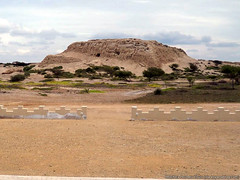

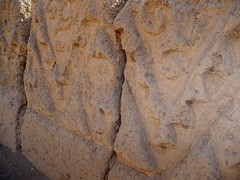

![The Peru Pishtacos [Featured]](http://farm4.static.flickr.com/3227/2754485823_cf1f1f1008_m.jpg)
